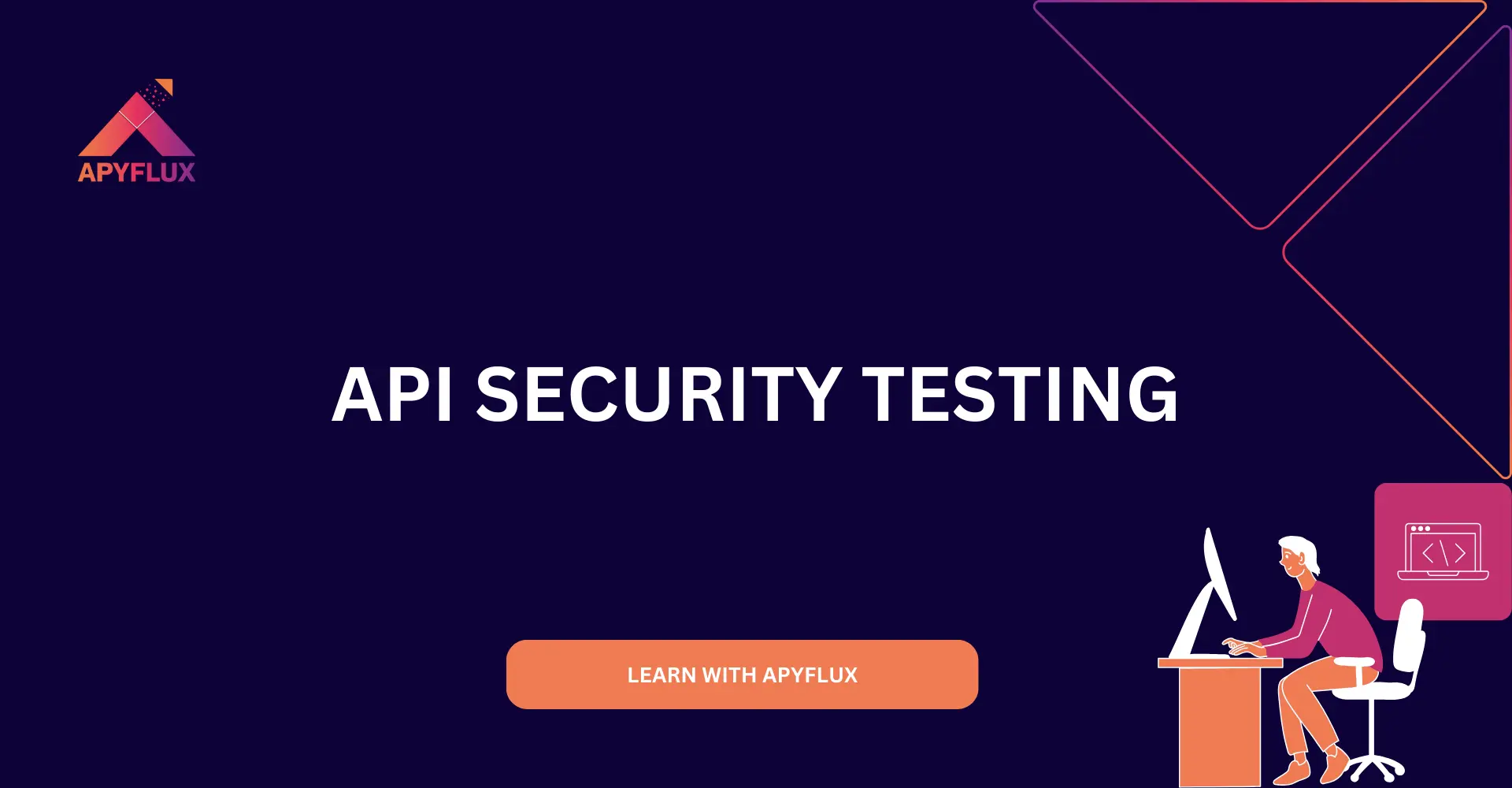
Application Programming Interfaces (APIs) are nowadays used in all web applications, mobile applications, desktop applications or in microservices. It communicates between two different applications to share data and information.
As the use of APIs are increasing in the corporate industries, it’s becoming more critical to security challenges. So it's become more important to secure the APIs from sensitive data leaks to injection attacks and unauthorized access.
To overcome these problems, we need API Security testing, it will ensure clients that their APIs are robust, reliable, functional and secure. There are two important components of API Security Testing, first one - API Penetration Testing and second one - API Vulnerability Scanning. These two components of API security testing play an important role in identifying and mitigating risks before they can be exploited. Here in this blog we have explained each step and processes. Please read till the last paragraphs to get detailed knowledge.
API security Testing is the process of evaluating Application programming Interfaces (APIs) to identify vulnerabilities, weaknesses, or security flaws that could be exploited by attackers.
Unlike functionality testing, which checks if your API works as expected, security testing looks for vulnerabilities that hackers might exploit.
Following are the benefits of API Security Testing :
Testers must have to ensure that they have performed all security checks so that developers can ensure their APIs meet standard security and safeguard user data.
API Vulnerability scanning is the automated process to identify known vulnerabilities in an API. Applying tools to scan API endpoints, analyse traffic, and flag common security weaknesses.
Pros:
Cons:
Unlike automated scanning, API Penetration Testing (or pen testing) is a manual or semi-automated process. It simulates real-world attacks to uncover deeper, logic-based, or complex vulnerabilities that scanners may miss.
| Aspect | Vulnerability Scanning | Penetration Testing |
|---|---|---|
| Method | Automated | Manual (or semi-automated) |
| Depth | Surface-level | Deep, exploit-based |
| Frequency | Frequent, part of CI/CD | Periodic, detailed audits |
| Tools | ZAP, Nessus | Burp Suite Pro, Postman, Metasploit |
Vulnerability scanning ensures routine issues are caught early, while penetration testing dives deeper to catch the vulnerabilities that automation might miss. Together, they create a comprehensive security testing strategy.
Step 1: Gather API documentation
Start with OpenAPI/Swagger specs. These give insight into all available endpoints, methods, parameters, and expected behaviors.
Step 2: Identify sensitive endpoints and roles
Focus on areas involving user data, authentication, and authorization. Note which endpoints require specific permissions.
Step 3: Use vulnerability scanners
Run tools like OWASP ZAP or Nessus to scan for common issues such as unsecured headers, weak SSL settings, or exposed endpoints.
Step 4: Manually test critical areas
Use tools like Burp Suite Pro or Postman to simulate attacks. Check for:
Step 5: Analyze and prioritize results
Not all findings are equally risky. Use a risk matrix or scoring system (like CVSS) to focus on critical issues.
**Step 6: Fix and retest **
Apply patches, improve configurations, and rerun tests to validate the fixes.
Here are some powerful tools to help in your security journey:
Implementing best practices can reduce your reliance on tools alone. Consider these:
As the demand for APIs are increasing in the digital world, they are becoming more vulnerable. API Security Testing is an important tool to protect APIs from attackers. It is the core part of protecting users and data.
API Vulnerability Scanning provides a fast, automated way to spot known issues. On the other hand, API Penetration Testing dives deep to uncover hidden threats. Together, they give your APIs a strong security backbone.
Testers must always integrate the API Vulnerability Scanning and API Penetration Testing in the API development cycle. So that Application Programming Interfaces may stay ahead of threats and work fully functionally.
So start implementing API Security Testing and use safe and secure APIs.
Hi there!
Let's help you find right APIs!